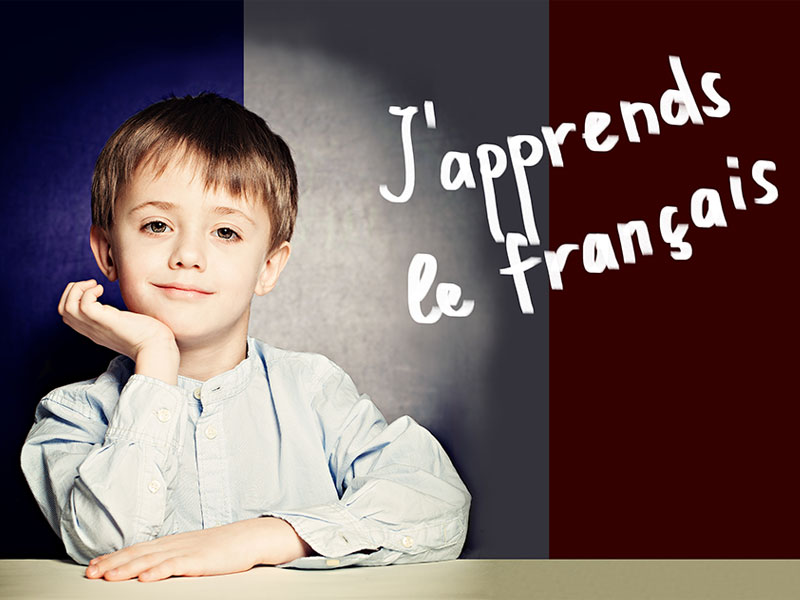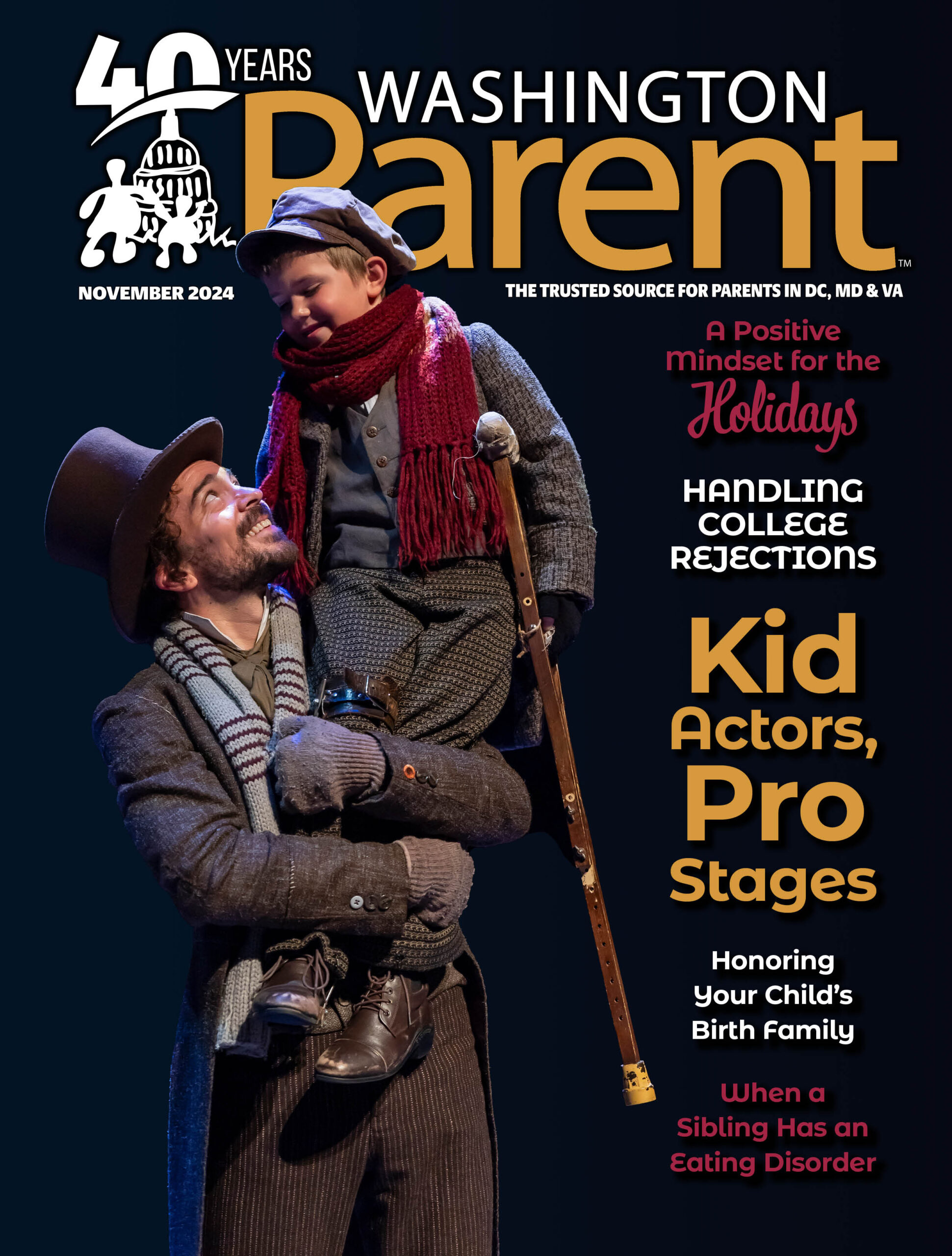With more foreign-born people in the area, our local communities have become enriched with a variety of cultures through unique foods, music and especially language. One of the best ways to prepare children to live cooperatively and successfully in a multicultural society is to expose them to foreign language immersion programs.
Approximately 40 years ago, schoolchildren learned that people in the United States came from different countries. History textbooks referred to New York City as “the melting pot” as if the influx of foreign-born people coming into the U.S. was a thing of the past. Since then, the population of people from different countries has increased exponentially. According to the U.S. Census Bureau, “About 1 in 4 children under 18 in families have at least one foreign-born parent,” which means many people from different countries continue coming in.
Immersion programs versus classroom studies
When we think about our children learning other languages, our minds immediately go to schools and world language lessons in the classroom. Instruction of languages in schools follows a set curriculum: Teachers teach vocabulary and concepts in an orderly style that progresses with difficulty each year.
Immersion programs take the concept of classroom learning one step further by enhancing curriculum with sensory experiences to help children feel surrounded by the language they are trying to learn. In immersion programs, the focus is on teaching children to associate spoken language with physical activities and objects. For example, a teacher might hear the school bell or write on the blackboard. Teaching sounds and pointing out visuals engages sight and sound as a teaching tool to reinforce vocabulary in the target language.
Private schools, public schools, private companies and public community sources offer a variety of immersion programs throughout our area. Parents can enroll their children in immersion programs in languages such as Spanish, French, Mandarin Chinese and Arabic, to name a few. District of Columbia Public Schools offer immersion programs which they call dual language programs.
Instructional time in immersion programs varies widely by provider. In the school setting, immersion programs are generally limited to specific classes within a certain time frame during a typical school day. Private companies, by contrast, offer variable programming that allows them to offer immersion programs on a half-day, full-day or after-school basis.
Prekindergarten foreign language immersion
Whole Kids Academy (wholekidsacademy.com) in Bethesda is an excellent example of a private provider that offers foreign language immersion on a flexible basis. It is a family-owned Spanish immersion preschool that offers early childhood (ages 0 to 3), preschool and K-2 programs.
Administrative Director Hannah Franzone says, “We offer a full-day program for children between 6 weeks old and 6 years old. We also offer [foreign language immersion to] K–fifth grade with after-school enrichment and summer camps.”
Franzone believes her school is special because it offers “a majority of children a true exposure to a second language.” As an administrator and parent, Franzone has seen firsthand all the school has done for her own daughter, who has been with Whole Kids Academy for eight years. “My daughter … has way more vocabulary [in Spanish]. I feel so grateful that my daughter has experiences in actively learning language. I don’t feel intimidated. She can teach me. She can be a leader and help others.”
According to Franzone, children are wired to learn languages at a young age. She believes an immersion environment is meaningful to children because it helps them acquire language skills through a variety of means outside the scope of written language. For example, children at the preschool learn cooking, art, early literacy, STEM, music and self-help skills.
Franzone encourages parents to consider enrolling their children in immersion programs as early as possible and to continue the program for consistency in learning. She believes continuity in the immersion program will build upon knowledge learned at an early age and improve over time. For example, at the preschool level, children learn to distinguish words. At the prekindergarten level, children learn to read and write in the target language. Between kindergarten and fifth grade, children are actively producing in the target language.
According to the Whole Kids Academy website, “In immersion programs a variety of subjects are taught in the language, rather than the language being taught as a separate subject. The language being learned is spoken about 90% of the time during the program.”
Teaching through unique methods
Lango Kids Northern Virginia (langokidsnv.com) in Springfield offers a wholly unique approach to immersion by treating language as if it were “alive, like an organism that responds to our inquiries and exploration,” according to its website. They offer Spanish, Mandarin and Arabic immersion preschool programs for children ages 3 to 5. Lango uses several creative methods to ensure children practice understanding, learning and interacting with language.
“At the core of our classes are ‘challenges’ that students complete in order to experience new vocabulary … through movement, playacting, art and basic conversation … [A]s students are able to grasp more complex exercises, they begin to gain confidence and become proud of their growing knowledge.” Another method is “‘adventures’ — tactile and movement-based games that require [children] to solve simple problems.”
Lango’s director of curriculum, Fatiha Khachaba, is a polyglot who speaks Spanish, Arabic, French and English. According to her husband, Miguel Chilchillo, who is also Lango’s president, Khachaba feels strongly about offering immersion programs to children “because she wants to share knowledge and opportunity.”
Lango makes it a point to teach languages to children by incorporating cultural elements, such as imaginative travels to countries, music, art, dance and textile studies.
More reading
On the pros and cons of full immersion programs in public schools: publicschoolreview.com/blog/full-language-immersion-programs-in-public-schools
On the potential brain benefits of bilingual education: npr.org/sections/ed/2016/11/29/497943749/6-potential-brain-benefits-of-bilingual-education
Is foreign language immersion right for my child?: edweek.org/teaching-learning/opinion-is-language-immersion-right-for-my-child/2016/03
ACTFL (American Council on the Teaching of Foreign Languages): actfl.org/
Related
The Planet Word Museum Brings Language to Life!
What a Dyslexic Child Can Teach Us
4 Ways to Help Our Kids Start the School Year Strong


